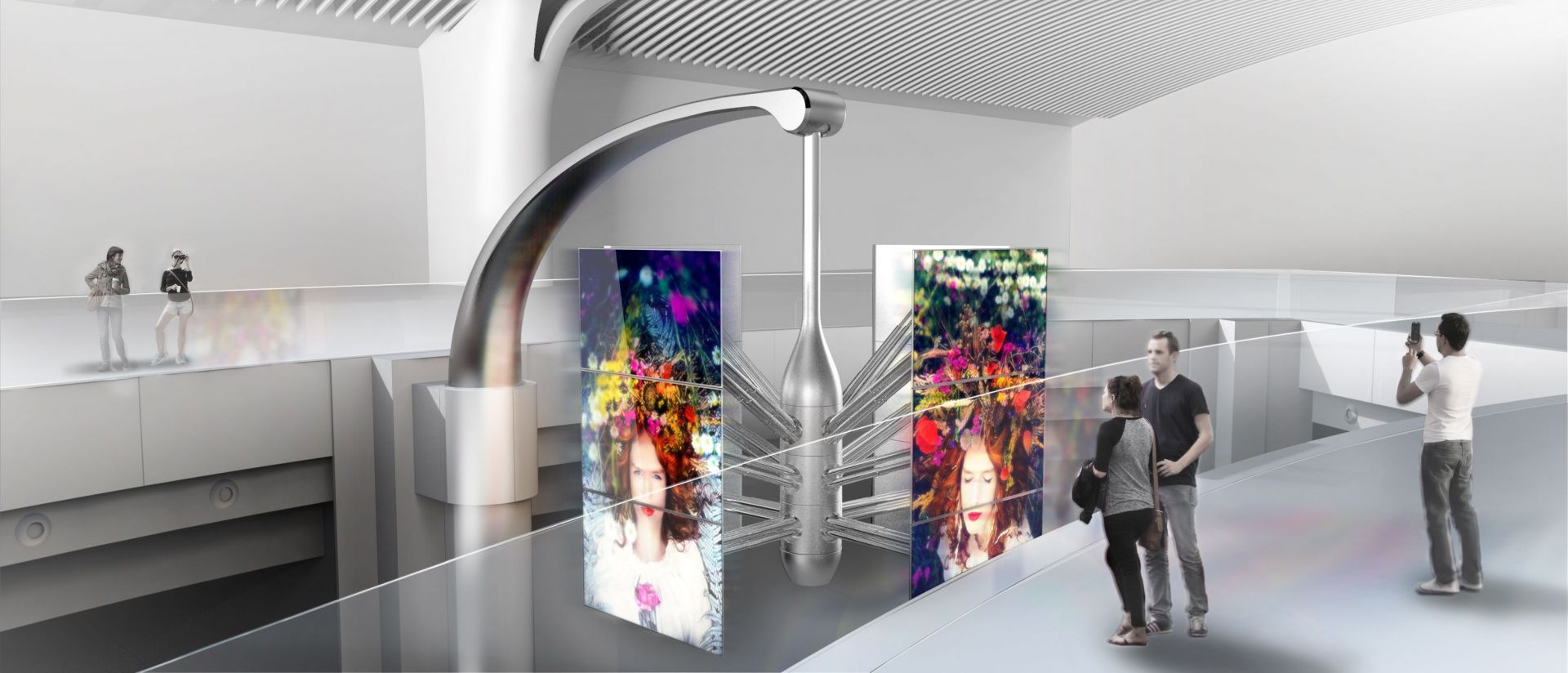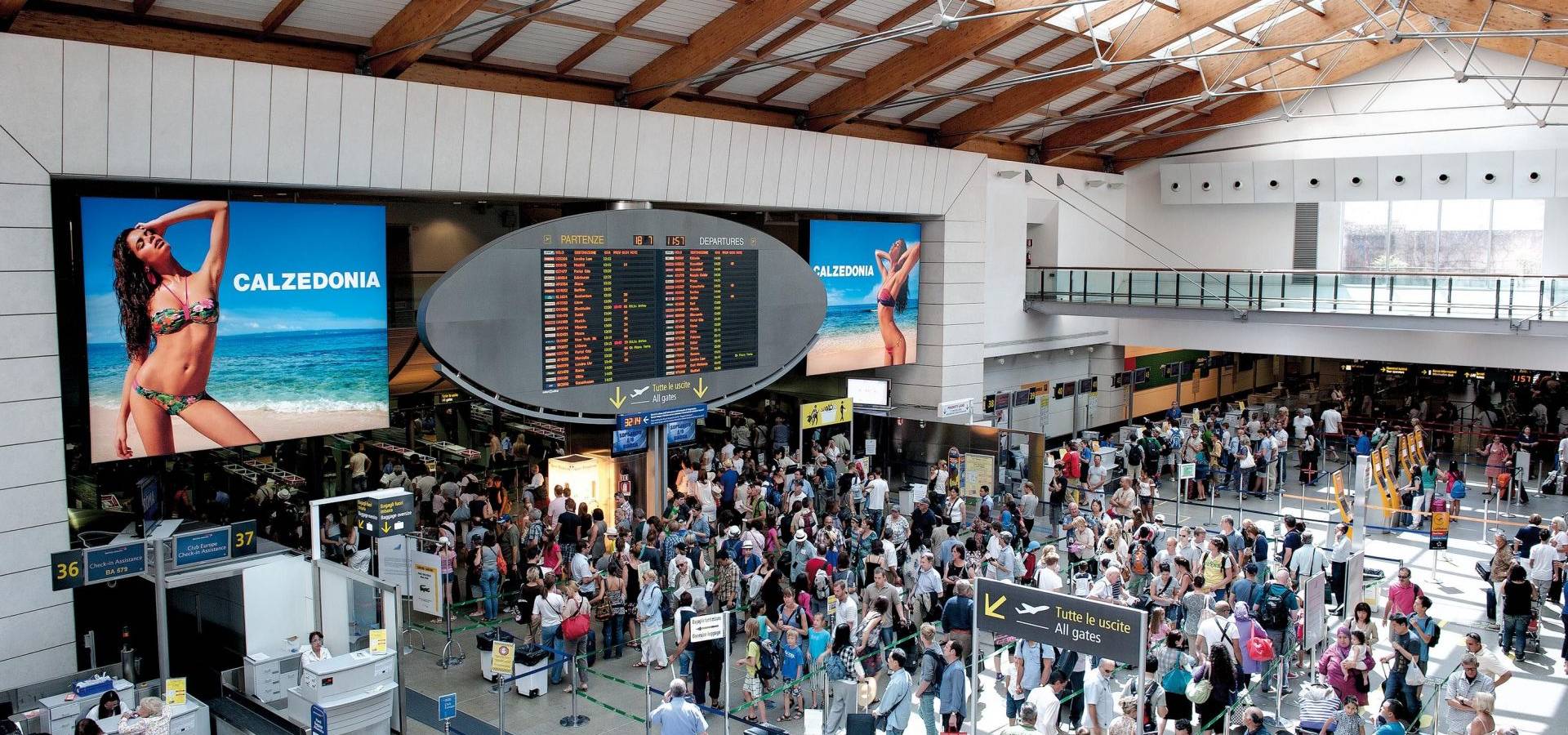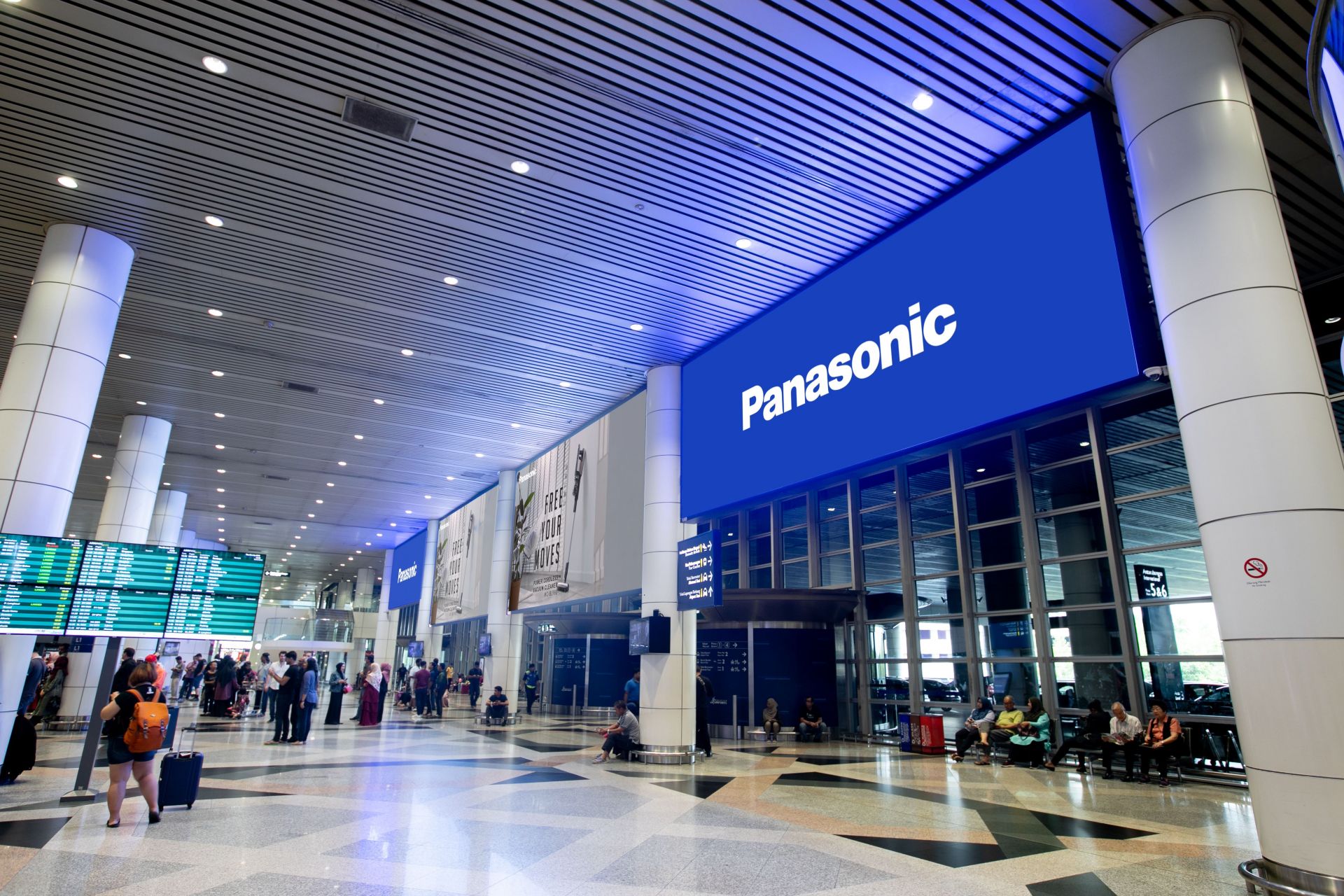INTERVIEW
Jonathan Goldsmid on VGI’s role in the Malaysia Airports commercial reset
VGI Malaysia Chief Operating Officer Jonathan Goldsmid is quickly making his mark in the Asia Pacific airport advertising sector, in particular at Kuala Lumpur International Airport. Mark Lane finds out why, in Goldsmid’s opinion, maximising revenues from airport advertising is a truly specialist business.
VGI Malaysia may be a relatively new kid on the block in the airport advertising industry, having only secured the advertising contract for Kuala Lumpur International Airport in the second quarter of 2018, but it’s already making its presence felt in the Asia Pacific region.
In line with Malaysia Airports’ wider commercial strategy, VGI Airports was, in the final quarter of 2018, tasked with an ambitous reset mission for Kuala Lumpur International Airport’s advertising portfolio. This 18-month plan has the heady aim of making one of the region’s major airports a regional and international benchmark commercially.
VGI’s work has thus far involved updating the International Arrivals Hall’s digital screens, so that passengers arriving at the main terminal are greeted with four 150sq m digital advertising screens. Even before their installation was complete, three of the four advertising spots were sold on long-term contracts.
VGI Malaysia Chief Operating Officer Jonathan Goldsmid says: “It’s still early days; however, we have already transformed Kuala Lumpur international into a genuine world-class media platform that is also helping Malaysia Airports Holdings improve the overall airport experience for passengers.’’
“As far as airport advertising goes, we’ve been operating for less than two years, so clearly we don’t have the scale of a JCDecaux or Clear Channel, but, at a regional level we are covering a lot of ground fast’’

A digital advertisement for Klook at the entrance to Kuala Lumpur International Airport
Goldsmid has been with VGI for around 18 months, arriving with some of the best credentials in the airport advertising industry. He joined after working for Clear Channel, latterly in Italy, where he led the company to winning the airport advertising tender for Aeroporti di Roma in 2013. He went on to help extend Clear Channel’s footprint in the country, securing more airport advertising concessions at Venice Marco Polo, Treviso, Bologna Guglielmo Marconi, Bari Karol Wojtyla and Brindisi airports.
Prior to his time at Clear Channel, he had worked for industry heavyweight JCDecaux in the UK; Portland Outdoor Advertising’s specialist airport advertising business; and Kinetic Worldwide, a global out-of-home specialist agency with airport interests.
VGI Malaysia, which is part of Thai-owned VGI Global Media, has two businesses. One of these is responsible for advertising on railways and the other is VGI Airports, which Goldsmid says is treated as a standalone business. VGI Airports is responsible in Malaysia for KLIA and KLIA2, one of the fastest-growing airports in Southeast Asia with 60 million annual passengers, and Senai Airport, the only privatised airport in the country. Malaysia also serves as VGI’s HQ for the development of its airport advertising business across the region.

This digital chandelier was created at Rome-Fiumicino International Airport during Jonathan Goldsmid's time with Clear Channel in Italy
Goldsmid says: “As someone who works in a business that is linked to the aviation business, the combination of the opportunity to join VGI, one of the fastest-growing media companies in Southeast Asia, lead the development of their airport advertising business in the region and work in a part of the world I have always loved, was a dream opportunity.’’
He points out that in Asia Pacific, air passenger traffic is growing faster than anywhere else in the world. It already accounts for a third of air passenger traffic globally and is set to grow to more than a 40% share over the next decade.
However, like any newcomer, VGI has to compete with some of the aforementioned long-established, big players of the airport advertising business even in such a rapidly growing market. How is VGI meeting that challenge?
Goldsmid’s response is insightful. “As far as airport advertising goes, we’ve been operating for less than two years, so clearly we don’t have the scale of a JCDecaux or Clear Channel, but, at a regional level we are covering a lot of ground fast,’’ he says.
“In fact, Clear Channel actually has little out of home advertising presence in the region outside China and no airport business to speak of here at all.

This campaign for Calzedonia caught the eye at Venice Marco Polo Airport, where Jonathan Goldsmid oversaw the airport advertising contract
“Outside of our existing contracts, we’re having some very interesting discussions with a number of other airports in the region, but for now, all I can say is: watch this space’’
“Airport advertising remains an important platform for JCDecaux but in my experience airport operators here have been crying out for more options in terms of media companies that they can look towards as potential partners for the management of their advertising business.
“Ultimately airport advertising is an extremely specialist business that requires a great deal of know-how. With a leadership team that has more than fifty years’ experience between us in developing and managing airport advertising concessions around the world, I think we have an exceptional proposition for an airport that’s looking for a commercial partner to help them optimise revenues from advertising.’’
He adds: “Outside of our existing contracts, we’re having some very interesting discussions with a number of other airports in the region, but for now, all I can say is: watch this space.’’

Panoramic view of digital screens involved in the Bank of China campaign, KLIA
Not all airports entrust their advertising to a third party, so what are the benefits of them outsourcing to a provider such as VGI?
“In the same way as duty free is more often than not outsourced, advertising is generally seen by airports as a specialist business that sits outside of the core business of running an airport,’’ Goldsmid replies.
“Optimising revenues from advertising requires significant investment. While most major airports would have little problem covering the capital involved in installing the necessary advertising technologies, what airports don’t generally have is the knowhow or appetite to create and manage internal organisations with the manpower and expertise required to do everything required.

Panoramic for Panasonic: The electronics company was one of the first to utilise the new space in KLIA
“That’s from ensuring the right technologies are selected and operated to marketing and selling the advertising space and ensuring this is done in such a way as to optimise revenues whilst ensuring no disruption to the everyday business.
“While important airports will attract a certain level of advertising interest, maximising revenues from airport advertising is a truly specialist business. On top of that, the traditional commercial terms that exist between airport operator and an outsourced advertising company mean that airports can still make very healthy returns on the business without the risks involved in taking the business in-house.’’
Part of the nature of this specialist business is having to keep up with technology, particularly digitalisation. There are also changes in the way in which brands see airports. Goldsmid explains: “From a client and media planning perspective we continue to see a move towards airports becoming an important tactical platform for brands in addition to the brand-building role it has always fulfilled.’’
He sees great potential for mobile. “It has been proved that digital out of home (DOOH) improves the effectiveness of a mobile or social campaign. In airports, you can deliver contextually relevant – and real time – DOOH messages that will encourage passengers to take action.”
Goldsmid offers examples, pointing out that digital airport advertising sites can include a code with discounts or exclusive product promotions and can also be fitted with beacons that can deliver personalised messages to travellers through airport or retailer apps.
“While important airports will attract a certain level of advertising interest, maximising revenues from airport advertising is a truly specialist business’’
“I don’t think a mobile or social campaign on its own will work as a standalone idea," he continues. "Geo-targeting in airports is difficult as distances are short; geo-targeting works better in bigger radiuses. In any case, geo-targeting would allow you to serve personalised messages to passengers while at the airport, using airport screens, but you could potentially then extend the campaign by retargeting those passengers, via their mobile, along their journey.
“I think the key word is omnichannel, where all channels work seamlessly, and also each channel performs a different role.’’
He sees the use of the rich data available in airports as providing an opportunity to help meet the increasing demands from brands to connect with their customers.
Goldsmid says that VGI is already working on pilot projects that will allow brands to not only connect with different nationalities in their own language as they pass through the airport but share relevant offers linked to passenger preferences.
He adds: “Quite how far this goes I really don’t know, but for sure data and how we use it is going to be very much at the heart of how the business evolves over the coming years.’’
It’s a fast-changing environment that Goldsmid is happy to be part of. He concludes: “Airports are a hotbed of innovation and a melting pot of different nationalities and personalities gathered together in an environment that stimulates real emotion. If you like travel and being at the forefront of innovation and happen to also work in media, where else can give you this sort of excitement?’’
Jonathan Goldsmid on his airport advertising favourites…
Which are your favourite airports in terms of advertising infrastructure?
Of course I may be a little biased, but I defy people to take a walk through Rome or Venice airports and say they are not incredible examples of how airport advertising should be done. Outside of these, and of course the current airports I am working with, I think Incheon International is doing some really exciting work, Indonesia Jakarta (Soekarno–Hatta International Airport) Terminal 3 has developed a really strong asset and Amsterdam Schiphol is a great example of an airport in Europe that has developed a great advertising business.
Apart from your own projects, which airport advertising projects around the world have impressed/caught your eye you most?
The one that always springs to mind is LAX Tom Bradley International Terminal. That was developed by the airport in conjunction with a number of different contractors to create a really interesting digital platform but which comes into its own from a content perspective.
Sight Lines is published by The Moodie Davitt Report (Moodie International Ltd) every month.
© All material is copyright and cannot be reproduced without the permission of the Publisher.
To find out more visit www.moodiedavittreport.com and to subscribe, please
e-mail sinead@moodiedavittreport.com
